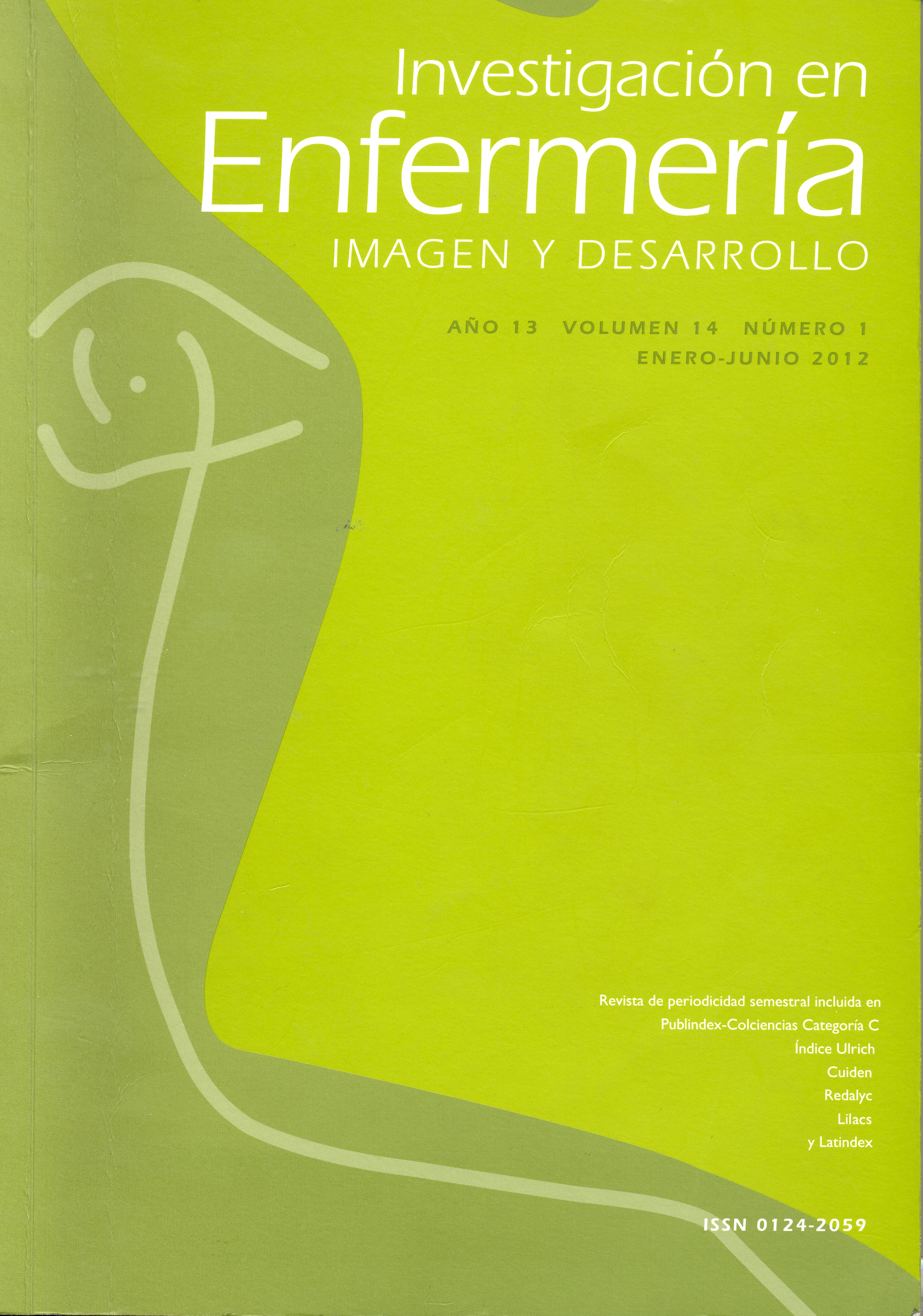Abstract
The aim of this study was to compare the conditions under shich alcohol consumption takes place among college students and people who have been in rehabilitation programs for alcohol and other drugs. A nom-experimental, transectional descriptive study was conducted, applying an instrument called Coval, designed for this study with the due process of validation by judges. We worked with a group of 36 subjects, of whom 20 were freshmen and sophomores at private universities in Bogotá, between the ages of 17 and 21, and 16 were adults between 24 and 32 years of age who had been in a rehabilitation program for alcohol and other drugs. Similarities were found regarding the place and the people with whom they drank, with the company of friends and the consumption in households and bars being predominant in both groups. Likewise, we found the average age of onset to be 15, and the most frequently consumed beverages to be beer and spirits. As for the differences, it was found that most of those who entered a rehabilitation process had a family history of consumption, while for the young students there was no such data. It was also found that frequent and abundant consumption, as well as drunkenness and memory gaps, were more common in adults with a history of rehabilitation that in young people, and that those conditions were consitent over time.
The journal Investigación en Enfermería: Imagen y Desarrollo is registered under a Creative Commons Attribution 4.0 International Public License. Thus, this work may be reproduced, distributed, and publicly shared in digital format, as long as the names of the authors and Pontificia Universidad Javeriana are acknowledged. Others are allowed to quote, adapt, transform, auto-archive, republish, and create based on this material, for any purpose (even commercial ones), provided the authorship is duly acknowledged, a link to the original work is provided, and it is specified if changes have been made. Pontificia Universidad Javeriana does not hold the rights of published works and the authors are solely responsible for the contents of their works; they keep the moral, intellectual, privacy, and publicity rights.
Approving the intervention of the work (review, copy-editing, translation, layout) and the following outreach, are granted through an use license and not through an assignment of rights. This means the journal and Pontificia Universidad Javeriana cannot be held responsible for any ethical malpractice by the authors. As a consequence of the protection granted by the use license, the journal is not required to publish recantations or modify information already published, unless the errata stems from the editorial management process. Publishing contents in this journal does not generate royalties for contributors.


